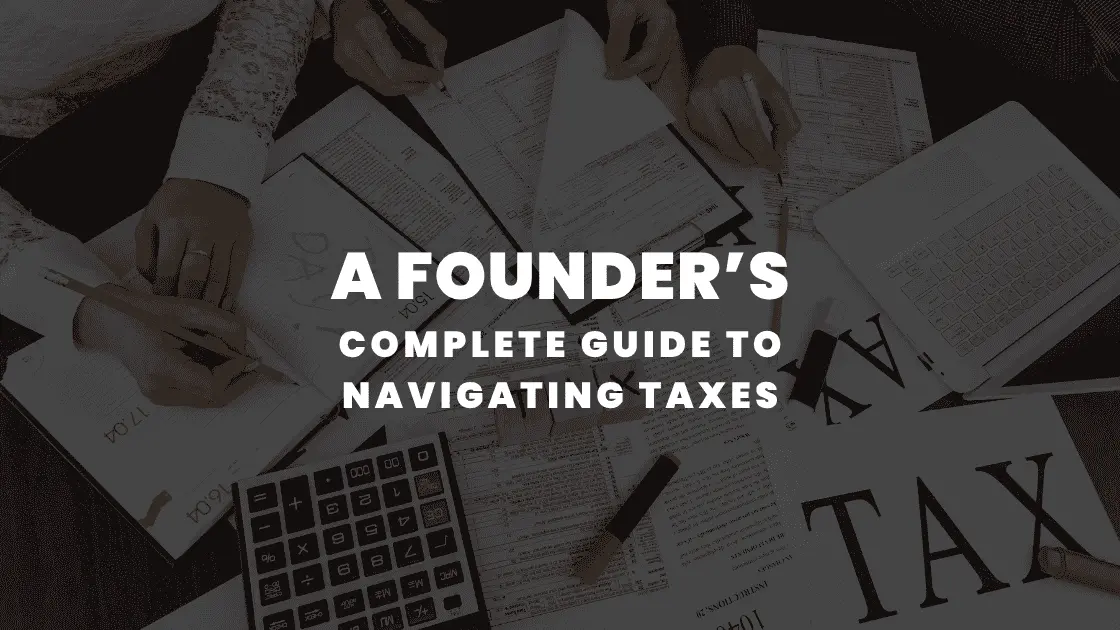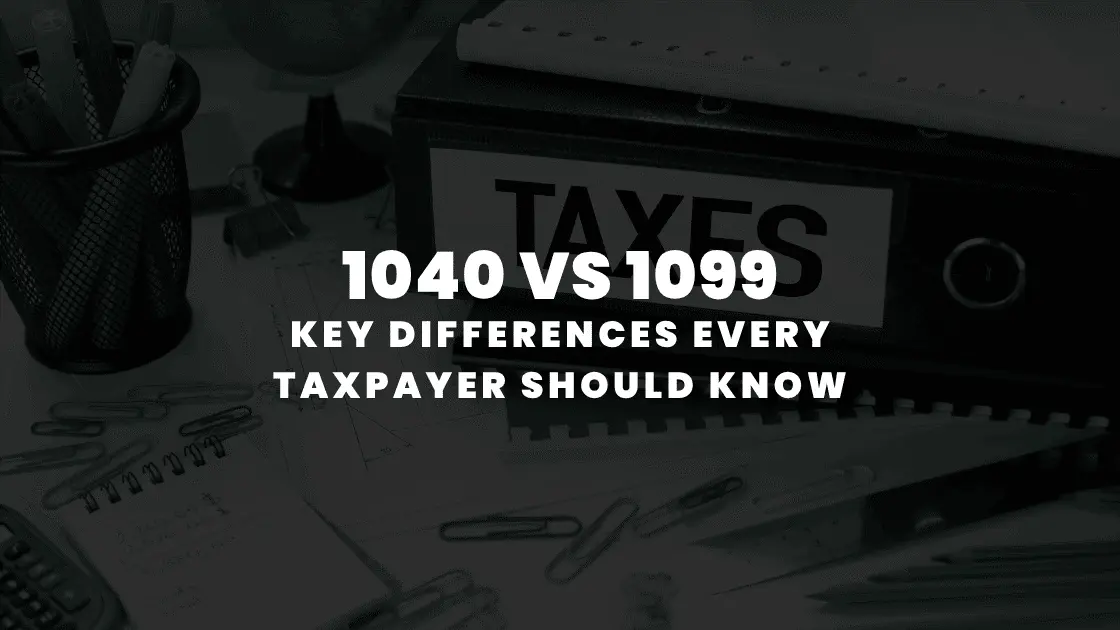May 12 2022 | By Farwah Jafri | 5 minutes Read

Top 7 Tax Tips to Maximize Returns
Tip # 1 – Capitalize on Tax Deductions
Tip # 2 – Feed Your Piggy Bank
Tip # 3 – Don’t Forget 401(k) and HSA Contributions
Tip # 4 – Make Contributions to State-Sponsored Saving Plans
Tip # 5 – Sell Winning Stocks at Year-End
Tip # 6 – Make Charitable Donations
Tip # 7 – Hire A Tax Expert
It is hard to find people who love to file tax returns. Yet still, some don’t hate it as much as most of us. So, who are they? Are they sons of a higher mortal? No!
Simply put, they are the fellas who know ways to minimize the hassle of taxes and maximize returns. The majority of us overpay in taxes around the year. However, we do so obliviously.
Moreover, we also know very little about tax deductions and credits. Generally, we devour more tax-deductible expenses in a year than we know, like medical expenses, educational fees, childcare costs, retirement savings, etc.
Those who are well-versed with tax deductions and credits or have tax experts to guide them through often get a big chunk from these expenses in return as refunds. So, if you file returns rightly, it might even become a lucrative chore. One that gets you a refund or at least slashes your taxes significantly.
So, without further ado, let’s explore the top 7 tax tips to maximize returns and make Tax Day less chaotic and more fun.
The best way to maximize returns is via capitalizing on tax deductions. Several qualifiable tax deductions are present in our systems, yet an average taxpayer and small businesses know little about them.
For instance, small business rent expenses are deductible, and so are medical and dental expenses. In addition, IRS offers credits like Child Tax Credit, Earned Income Tax Credit, Child or Dependent Tax Credit, Adoption Tax Credit, Saver’s Credit, The American Opportunity Tax Credit, and The Lifetime Learning Tax Credit, to name a few.
However, you can’t capitalize on all deductions and credits, yet nothing stops you from making the most of the ones you can. So, know your credits and capitalize on tax deductions.
Even if the chances of paying taxes are slim, it is best to stay prepared. You may think you don’t owe IRS a buck, yet it is not a sin to have some savings. Become tax-savvy, hire experts, capitalize credits, and do whatever you can to maximize returns but it is best to save some as well.
Keep a separate piggy bank for your taxes. Every month feed the bank and put some money aside for taxes. Yes, it is best to be optimistic, yet it would be foolish not to prepare for the worst. So, save up!
The contributions to health saving accounts and individual retirement accounts or employer-sponsored ones like 401(k) fall into the umbrella of saver’s credit. It is a credit for taxpayers aged 18 and above who aren’t full-time students or dependents.
Taxpayers who make such contributions around the year get some credit back at the year-end. The amount is not fixed and varies with the annual gross income. Generally, the brackets are 50%, 20%, or 10%. In 2022, the maximum a joint filer can get is $2,000, and $1,000 is the max limit for single filers.
Making contributions to state-sponsored saving plans like a 529 college plan is a sure-fire way to maximize state income tax returns. Taxpayers who make active contributions in state-sponsored plans enjoy exceptional returns on Tax Day.
Even though state-sponsored plans don’t qualify as federal income tax deductibles, they minimize those taxes too. That’s because the money in state-sponsored saving plans is tax-free and is easy to withdraw without incurring any additional taxes at times of educational expense.
So, for families with children, it is best to keep the contributions up as they offer a tax-exempted solution to save for your child’s future.
There is no better time to sell winning stocks than at the year-end, especially for taxpayers in the 10 and 12% tax bracket. That’s because these people aren’t obligated to pay capital gain tax, and selling stocks at the year-end is an excellent strategy to maximize returns.
So, if you have profitable stocks, sell them at the year-end and repurchase them after the tax season is gone. This simple trick will reset your basis and minimize taxes on future gains.
This trick works even for taxpayers in upper brackets. Selling winning stocks at the year-end is still a smart strategy as it resets the basis and rebalances the portfolio.
Making charitable donations doesn’t only make you a good Samaritan, but it also reduces your tax liabilities. However, factoring in charitable donations requires itemizing tax returns. So, this tip may not apply for those who opt for standard deductions, yet it is profitable for those who itemize.
For the 2021 tax year, the standard deductions for single taxpayers are $12,550 and $25,100 for joint fillers or married couples. So, if your deductions exceed these amounts, it is best to itemize and donate.
Hiring a tax expert is perhaps the best way to maximize tax returns as they know all deductions and credits by heart and can help you maximize returns significantly. The tax deductions and credits defined above are just a few of many available to taxpayers.
That’s why it is best to hire a tax expert and make the most of deductions. Remember, the fee you pay an expert is just a small portion of money you save in taxes.
See Also: What Is Tax Liability And How To Calculate It
Subscribe for business tips, tax updates, financial fundamentals and more.
MORE BLOGS

Starting a business is exciting, right? There’s innovation, there’s growth potential, and the thrill of building something from scratch. But amid all the planning, entrepreneurs often […]
Learn More →
Starting a business is quite thrilling, until tax season arrives. For founders, understanding the nitty gritty of startup taxation can make a difference between financial efficiency […]
Learn More →
Tax season can be overwhelming, especially when you’re staring at multiple forms with numbers instead of names. Two of the most common, and often misunderstood, are […]
Learn More →